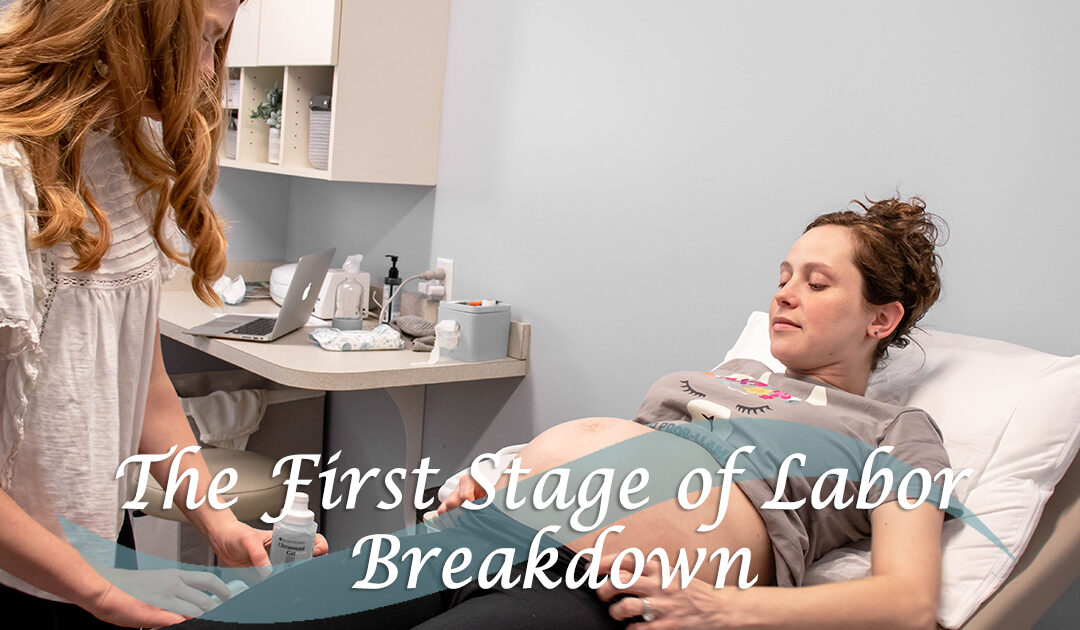The First Stage of Labor Breakdown
For first-time mothers, there is always some confusion as to why labor lasts so long and what happens during it. Let’s break down the different stages of labor to help you better understand everything that is going to take place before the day arrives!
The stages of labor are divided into four parts. The first stage marks the beginning of labor and it starts when you begin experiencing contractions. The second stage begins when you have fully dilated and begin pushing to get the baby out. The third stage is from after the delivery of the baby to the delivery of the placenta. The last stage marks the fourth stage which is all about recovery for your uterus and body.
To make it a little more complex, the stages of labor are broken down into multiple phases with their own important steps in each one. Today we are going to look at the first stage in a little bit more detail.
The First Stage of Labor
Phase 1: Early Labor
Early labor is when you feel regular mild contractions, usually spaced 20-30 mins apart. This pain is a lot like the cramps you feel during your periods.
Some women may also experience lower back pain or the need to pass bowel movements. It can last for quite a while, up to a day for first-time mothers.
There is no need for intervention at this stage, just get something to eat and drink, and keep track of your contractions so you know how far apart they are spaced to help you know when to come into the birth center. You’ll be in touch with your midwife throughout this process. You can also start prepping to come to the birth center by changing into clothes you want to wear during labor and preparing the bag that you want to take if you haven’t already!
Phase 2: Active Labor
This stage begins when your contractions begin to get stronger and less spaced apart. Instead of 20 mins, you begin to feel these contractions 3-5 mins apart, and they might last longer than they did previously.
This stage mainly happens when your cervix is dilating to its full extent, up to 10 cm. There is not much you can do during this stage other than just wait for things to happen on their own. Just make sure to drink light fluids and stay hydrated.
You can also try different yoga positions and exercises to help make the discomforts you might experience easier.
Phase 3: Transition
This stage is when your baby begins to move down to the birth canal and you’re transitioning into the second stage of labor. At this stage, your contractions become quicker and the labor pains grow to be more intense.
This is usually when your cervix is dilating to its full extent and you need to begin to start pushing in order to get your baby out. Once your cervix has fully dilated, you will enter the second stage of labor and thereby begin the process of pushing your baby out.
At Charleston Birth Place you will have full midwifery support throughout all stages of labor as much as you feel the need for. For any other questions, it’s always good to ask your healthcare provider during your prenatal visits.

